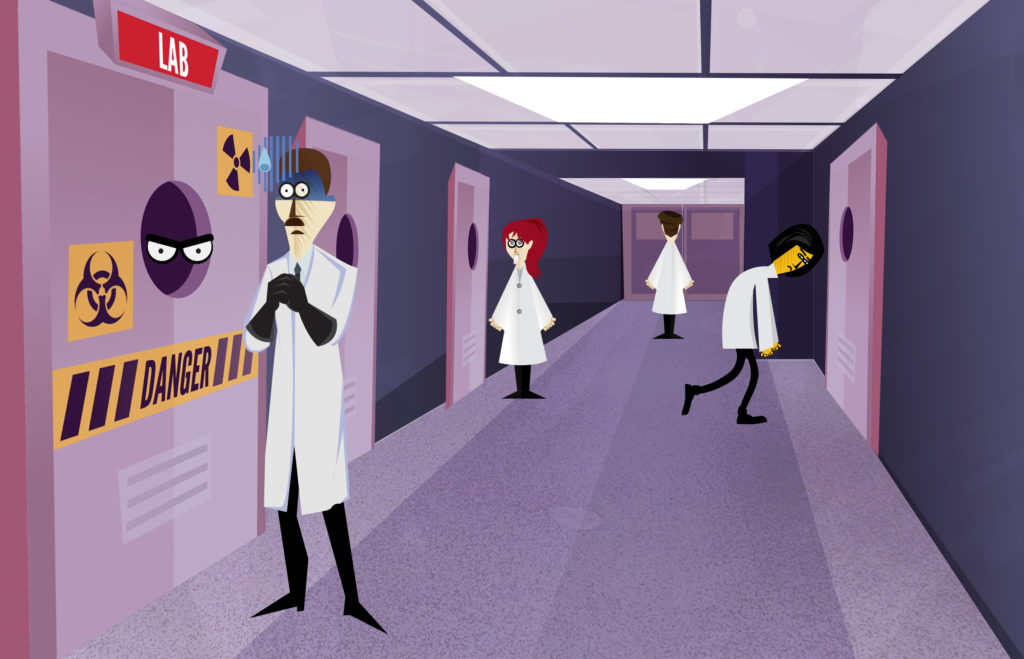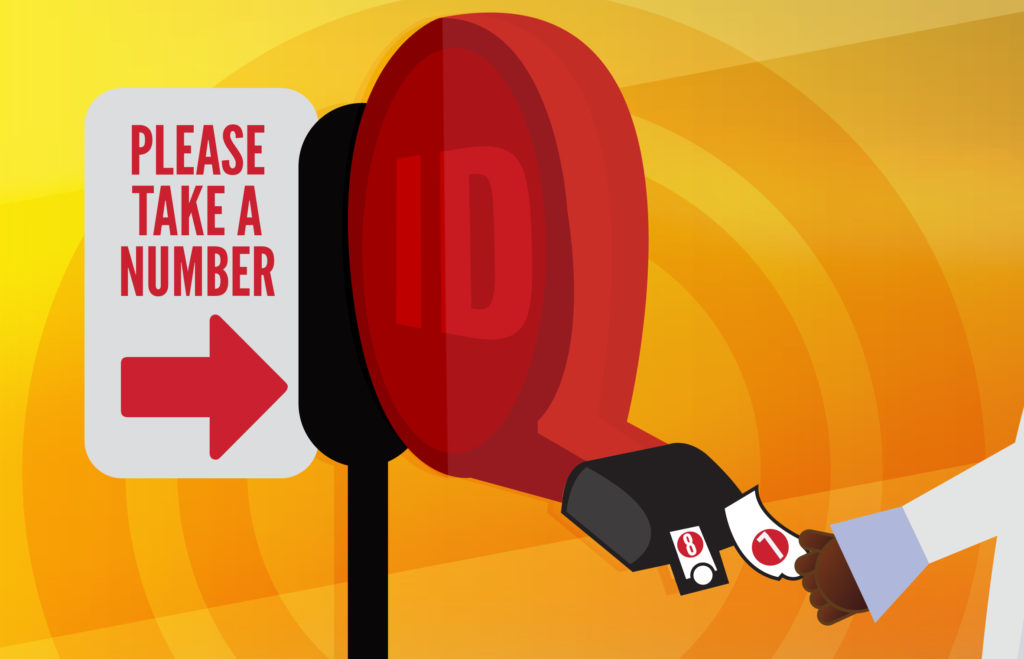
What is Public Scholarship?
When we talk about public scholarship, we are referring to the various modes of communicating and disseminating knowledge for the public.
Science-based startups and companies are eventually going to cross this river. This stream of communication that flows from the mountains of science and tech and pours into the sea of the public. Given this inevitability, it’s important to understand how public scholarship can expand interest in your research.
Public Scholarship has become more essential now than it has in the past. Science is being propelled to the forefront of the current national landscape thanks to popular media and political discourse. With this increased visibility, scientists now have an unprecedented opportunity to engage with the public and communicate their scientific message.
Science for non-scientists
“In my experience, scientists tend to avoid popular attention, preferring to focus on their research, their publications, and on communicating with peers. We are trained to think and explain our work precisely, careful not to extend beyond the boundaries of our findings. As a method for the discovery of truth, the power and legitimacy of science lie in strict adherence to methodological rules,” explained Allison Campbell, the associate laboratory director for earth and biological sciences at the Pacific Northwest National Laboratory.
Since social media represents the very antithesis of parrying the spotlight, scientists feel out of place in the alien worlds of Facebook, Twitter, and Instagram. Because of inexperience with these media, it is more difficult for them to engage with the lay public.
Here are four tips for effectively communicating your scientific message to the uninitiated public:
Know your audience
Any time you write an article, speak with local media, or publish a social media post, you have to understand who your audience is and what they are interested in. Will they listen to your message? Conduct research beforehand to figure out what your audience’s level of familiarity is with science. It’s also smart to develop a sense of your audience’s concerns and curiosities so that you can present your work in a way that makes it near impossible to ignore. If you’re a chemist and your non-scientific audience is interested in, say, climate change, then maybe you’ll want to present how your work affects the environment.
Tell a good story
Who doesn’t love a good story? Well, maybe Michael Bay. But aside from his atrocious films, almost everyone enjoys good storytelling. “We have to remember, telling a good story is such a different skill from writing a good research paper,” said Beth Potier, the senior vice provost for research and the associate vice president for communications at the University of New Hampshire. Potier gave a presentation on communications training for researchers at the URMA conference at the University of Houston recently.
Thankfully, science at its core is set up for a good story. You basically have a detective story with surprises, twists, fun discoveries, and unexpected endings. You should create stories that engage your audience but keep the integrity of your work.
A manner of speaking
Nothing pumps the breaks on good communication better than technical mumbo jumbo. Yes, we understand you know what a cellular mitosis is, but if your audience is non-scientific, you might want to explain it. Surely, it is a tough habit to break. Researchers are around scientists the majority of their day. The studied, lived, breathed science themselves for so long. It’s their passion. Technical jargon is most likely a second language to them. It is, however, a habit worth breaking if you want to see your message received by its intended audience.
There is also the issue of misinterpretation. There are words that we say every day that have a different meaning in the scientific world. Words like “amendment” and “error” mean something completely different to scientists than they do to the lay person. This is a recipe for a communication breakdown.
Play the long game
Building a relationship with your audience, like any relationship, requires an investment of time and effort. Your public outreach shouldn’t just be a one-time thing. It should happen almost daily and as often as possible. Pump out those science stories. Interact with your audience in the comment section. Answer questions. Post some more. Repeat. Developing these happens establishes you as an authoritative voice and leading expert in your field. It also encourages your audience to connect with you, which builds trust over time.


